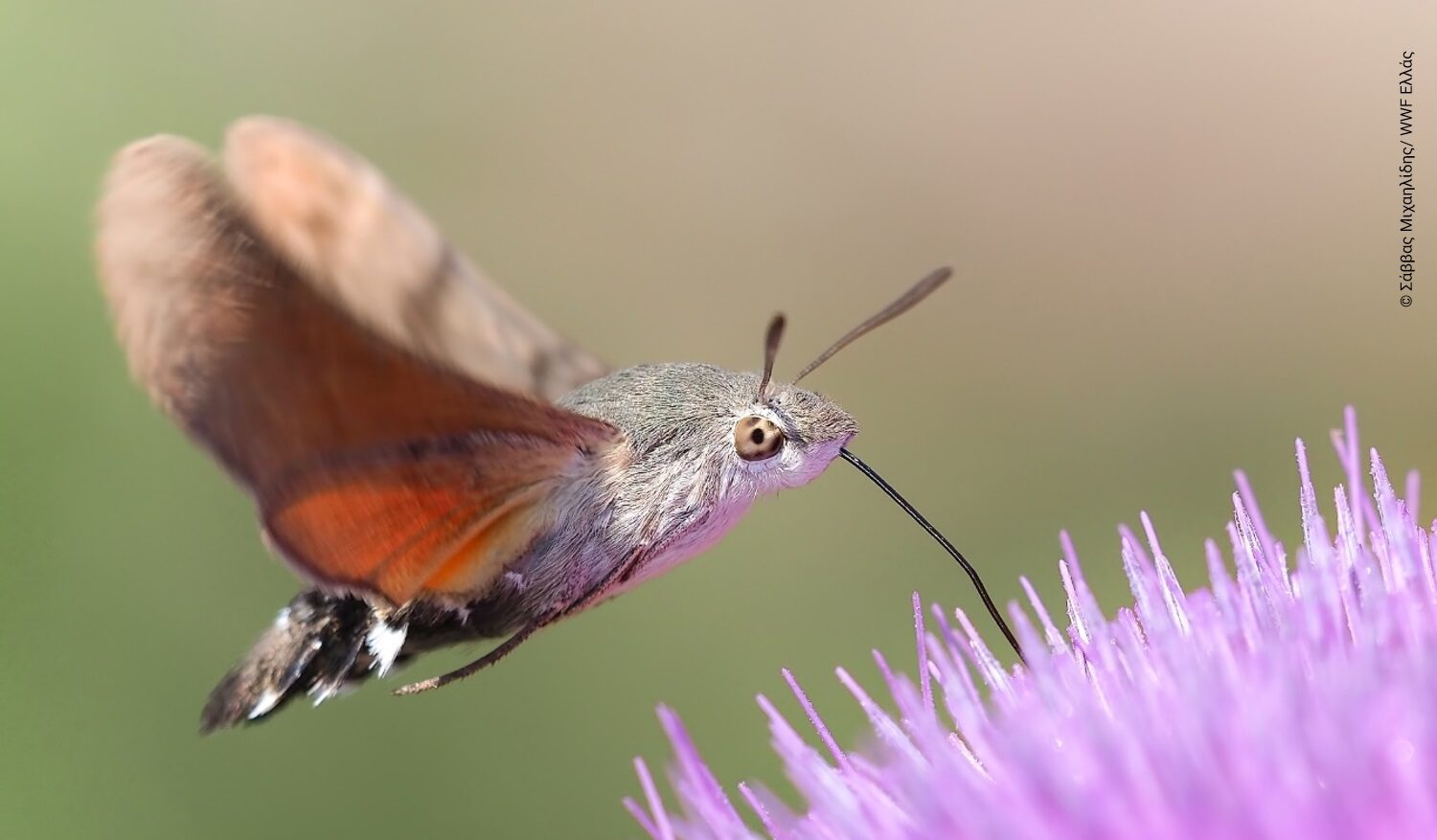
Conservation Objectives: an important step for the protection of biodiversity in our country
For the first time in our country, national conservation targets have been set for 21 natural habitat types and 55 species of EU interest, with the recent issuing of the relevant ministerial decision (Official Government Gazette B’ 1375/2021 and correction of an error in Official Government Gazette B’ 1915/2021) in the framework of the LIFE-IP 4 NATURA project (Action C.7 – Definition of conservation objectives for species and habitat types), under the responsibility of the Ministry of the Environment and Energy and with the contribution of the Green Fund, the University of Patras and a number of experts.
The now legally adopted Conservation Objectives at national level relate to habitat types and species for which there is sufficient and reliable scientific data. They are essentially a newer elaboration and updating of the targets proposed by the previous National Monitoring Project (2016), with the incorporation of the latest available data and the proposals of the Nature 2000 Committee and expert scientists. In the framework of the same action and following the same approach, the setting of Conservation Targets at local level (Special Conservation Zones) is expected to be delivered within the next period. Finally, it is also important to note that, through the relevant scientific work, data and knowledge gaps have been re-identified, which are expected to be filled through the forthcoming work of the National Monitoring Project.
What are Conservation Objectives?
In a general sense, Conservation Objectives are the objectives identified for habitat types and species of EU interest to ensure their Favourable Conservation Status (AAC) at the extent to which they occur, i.e. at the appropriate geographical level (local, national, biogeographic unit, European).
In order to understand the conservation objectives in particular and their importance for the protection of biodiversity in the context of the proper implementation of the nature directives, it is appropriate to refer to a number of key concepts.
The aim of the Habitats Directive
The general aim of Directive 92/43/EEC is to contribute to the protection of biological diversity through the conservation of natural habitat types and wild flora and fauna. The conservation and protection measures taken in this context are designed to ensure that species and habitat types of EU interest achieve a ‘favourable conservation status’. In other words, the goal is to ensure their long-term survival throughout their natural range of distribution within the European Union.
But what does conservation status mean?
According to the Directive, the Conservation Status for natural habitat types is the overall result of all factors affecting them and their component species (characteristic species), taking into account how these factors may alter the long-term distribution, structure and functions of habitat types, and the long-term survival of their characteristic species.
Similarly, for species, the Conservation Status is the overall result of the factors that, by acting on them, may alter the distribution and size of their populations in the long term.
How is favourable conservation status achieved?
In order to achieve or maintain the favourable conservation status for habitat types, the area of their natural distribution and the areas containing them must remain constant or increase, while the structure, the specific functions required for their long-term conservation and their typical species must continue to exist in the future.
Similarly, the favourable conservation status for species is achieved when: a) their populations will continue to exist as a vital component of the natural habitat types to which they belong, b) their geographical range of distribution is not being reduced or in danger of being reduced in the foreseeable future, and c) their habitat is maintained at a sufficient extent for their populations.
The above definitions are key, as they set the broad framework for identifying the Conservation Objectives for achieving the favourable conservation status for the habitat types and species in Annexes I and II of the Habitats Directive.
Consequently, the achievement of favourable conservation status (for habitat types and species) is a general objective that contributes to the implementation of the Directive. This general and broad approach needs to be translated into site-level conservation objectives, as it is important to distinguish between the conservation objectives of individual sites and the overall objective of achieving a favourable conservation status.
Therefore, site-level conservation objectives (i.e. Natura 2000 sites – Special Areas of Conservation and/or Special Protection Areas) are a set of defined objectives to be achieved at a defined spatial and temporal level to ensure that the site makes the best/most effective and efficient contribution to the achievement of favourable conservation status for the habitat types or species for which it is designated.
